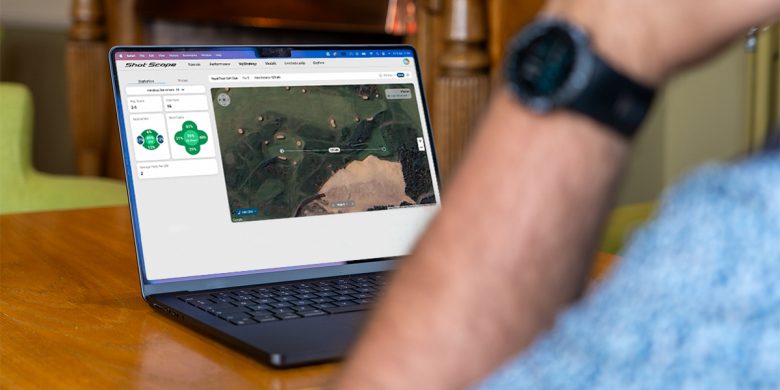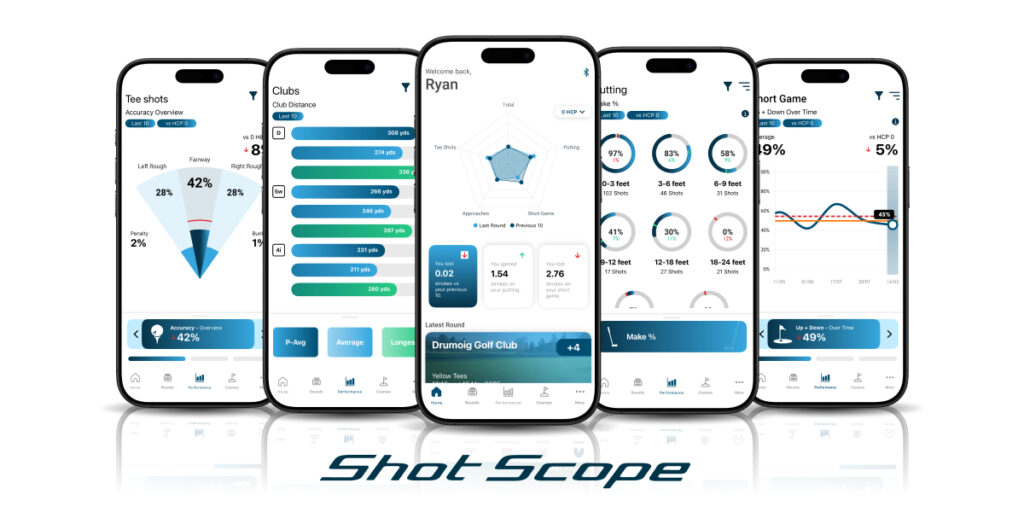With roots dating back to the birth of the game, Links golf is the true forefather to the sport as we know it and if unfamiliar to Links golf, it can be a challenge, here are some tips to help.
Characterised by firm sandy turf and gusty inclement weather, Links is considered by many to be the purest and best form of golf there is.
However, as anyone who has ever tried one will attest, Links courses offer a unique and formidable set of challenges compared to their Parkland counterparts.
As even one of the great masters of the seaside style, Tom Watson, famously took some time to warm to the trials and charms of Links golf, it’s natural to be a bit frustrated the first time you try it.
Fortunately though, if you are looking to play golf in its most original form, the following 5 tips should help to ensure you make the most of the experience.
1: Hit low, penetrating drives
One of the defining features of Links golf (especially in Scotland) is a strong and shifting wind. For the inexperienced, this can mean that an otherwise well struck drive ends up ballooning up in the air or being blown offline into a pot bunker.
In order to combat the elements, driving on a Links course must be approached a bit differently. Backspin is the real enemy in this situation, so try to achieve a lower and more penetrative flight by de-lofting the club.
This can be done by either teeing the ball down slightly, gripping down on the club; or if you have an adjustable driver, it can make sense to crank the loft down a degree or two before leaving the house.
2: Putt instead of chipping
While it might feel a little bit unnatural if you are used to playing on slower, more receptive greens, putting from the fairway is likely to get you closer to the hole than chipping is.
Not only does chipping from a tight lie increase your chances of thinning it through the back of the green, but the high winds can even wreak havoc on flop or chip shots here. Plus, the short fairway grass of most Links courses plays almost like a green anyway; so there’s really no excuse for not trying your putter.
3: Beware of the bunkers
Although Links courses typically have far fewer (if any) trees to hit than most Parkland courses, they more than make up for this with extremely deep and daunting ‘pot bunkers’.
These sandy menaces are unlike any bunker you’ve encountered before; with extremely steep faces and often tactically located out of sight from the tee box, a Links bunkers can quickly send scores spiraling out of control.
That’s why we recommend making the painful (but tactically sound) decision to play the ball out sideways or even backwards should you find yourself in one. While this might sound a bit defeatist, infamous pot bunkers such as the Road Hole bunker at St Andrew’s have successfully made a mockery of even the world’s best golfers before.
If you’re interested to see how other amateurs managed to navigate the hazards of the world’s most famous Links course, why not check out our free guide to St Andrews eBook? Briming with real world amateur shot data, it offers some great tips on how you can shoot lower scores at The Old Course.
4: Bump and run
Fans of the lob wedge may despair with this one, but learning how to play a bump and run style of chip will greatly benefit you on a Links course.
As gusting winds make it extremely difficult to accurately predict where a lobbed shot will land, and the firm, fast greens make it even harder to judge how far the ball will roll after that, playing your wedge more like a putter is the way to go.
To execute this type of shot successfully you should keep your weight forward in the stance, choose a slightly less lofted iron to avoid the club digging into the ground, and swing with your elbows locked. By removing the variable of strike quality, all you need to focus on is your distance control.
5: Use the weather and course geography to your advantage
Although Links golf can be more challenging than Parkland in certain areas, equally it can also be easier. Rather than playing against the features which make Links courses unique, try to use them to your advantage.
For example, the same hard fairways and greens which make it difficult to get the ball to stop, also mean that you get rewarded with greater roll-out off the tee – ideal if you struggle with driver distance.
Similarly, for every good shot which is unfairly penalised by a rogue gust of wind, there will be a sliced or hooked shot which is blown back into a more favourable position. Ultimately, it’s best to take the good with the bad and not get too disheartened when you find yourself dropping a shot or two due to Link’s unusual quirks.
In conclusion…
Playing your first Link’s golf course might be a daunting experience, but that shouldn’t put you off giving it a try. By developing new golfing skills and learning how to adapt to the features of seaside golf, you might just discover a newfound passion for the genesis of the game.
If your are planning on playing a Links course, you can preview it with Shot Scope’s aerial maps feature or plan how you would play with MyStrategy, the data-driven strategy builder.
Navigate your way around any course with ease using a Shot Scope GPS watch. Equipped with front and back distances to every hazard, you can avoid the troublesome pot bunkers with ease!








